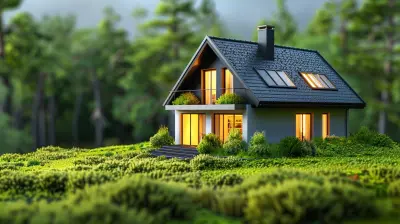How to Build a Tiny Home That’s Perfect for Year-Round Living
18 October 2025
Have you ever dreamed of escaping the chaos of city life and embracing a simpler, cozier lifestyle? The tiny home movement isn't just a trend—it's a revolution in minimalistic and sustainable living. But while building a tiny home sounds exciting, the real challenge is making it suitable for all four seasons. After all, no one wants to freeze in the winter or melt in the summer.
So, how do you craft a tiny home that stands strong against the elements, keeps you comfortable year-round, and makes the most of every square foot? Buckle up because we’re about to take a deep dive into everything you need to know! 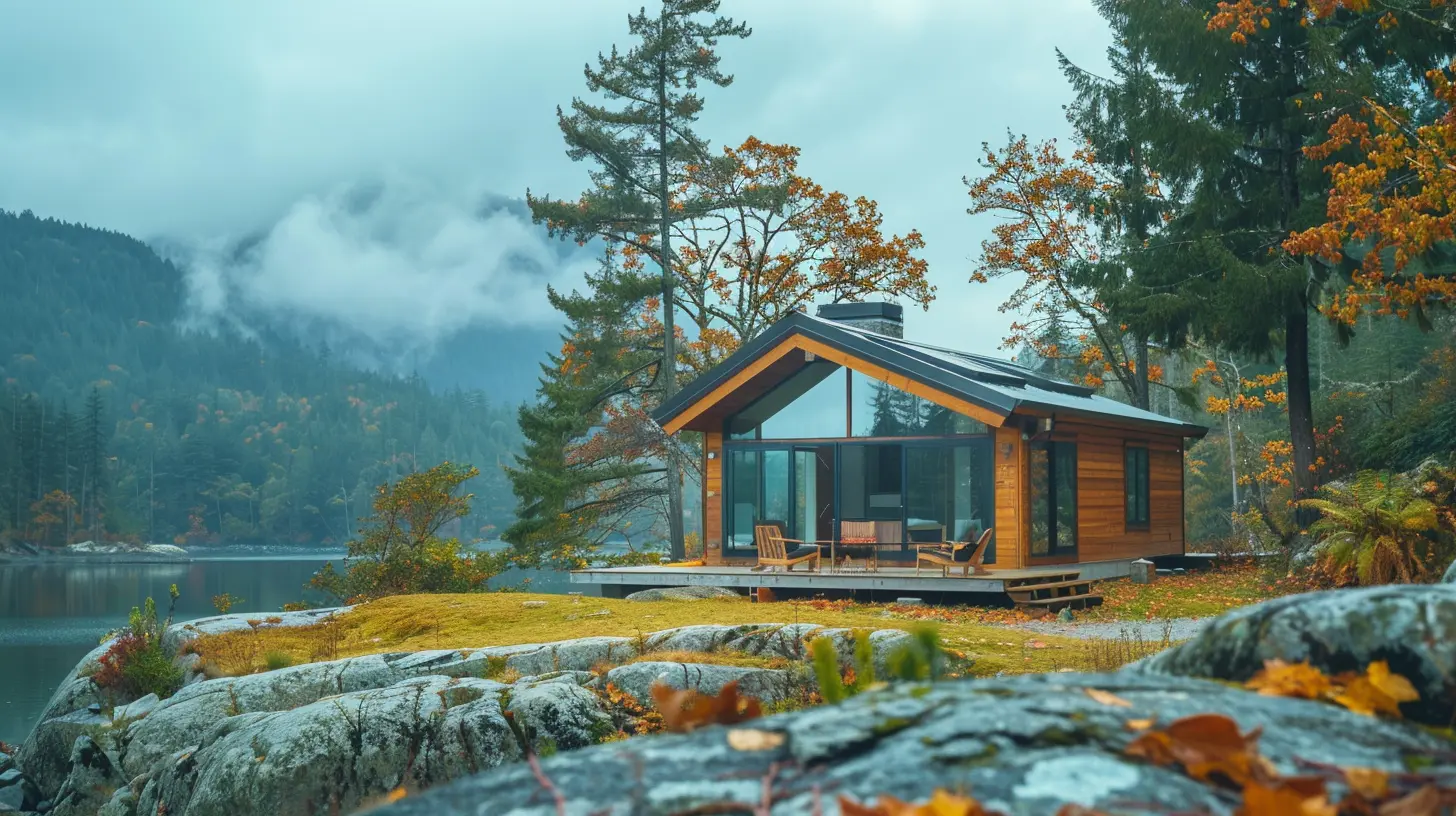
1. Choosing the Right Foundation for Stability
The foundation of a tiny home is like the roots of a tree—without a strong base, everything else falls apart. You have two main choices:- Fixed Foundation – If you plan on staying in one place year-round, a concrete slab or pier foundation is ideal for stability and insulation.
- Tiny Home on Wheels (THOW) – Love the idea of mobility? A trailer-mounted tiny home gives you the freedom to relocate, but you'll need to ensure it’s well-insulated and properly anchored during extreme weather.
When building for year-round living, a fixed foundation provides better protection against harsh weather. But if wanderlust runs through your veins, a THOW might be the adventure you crave! 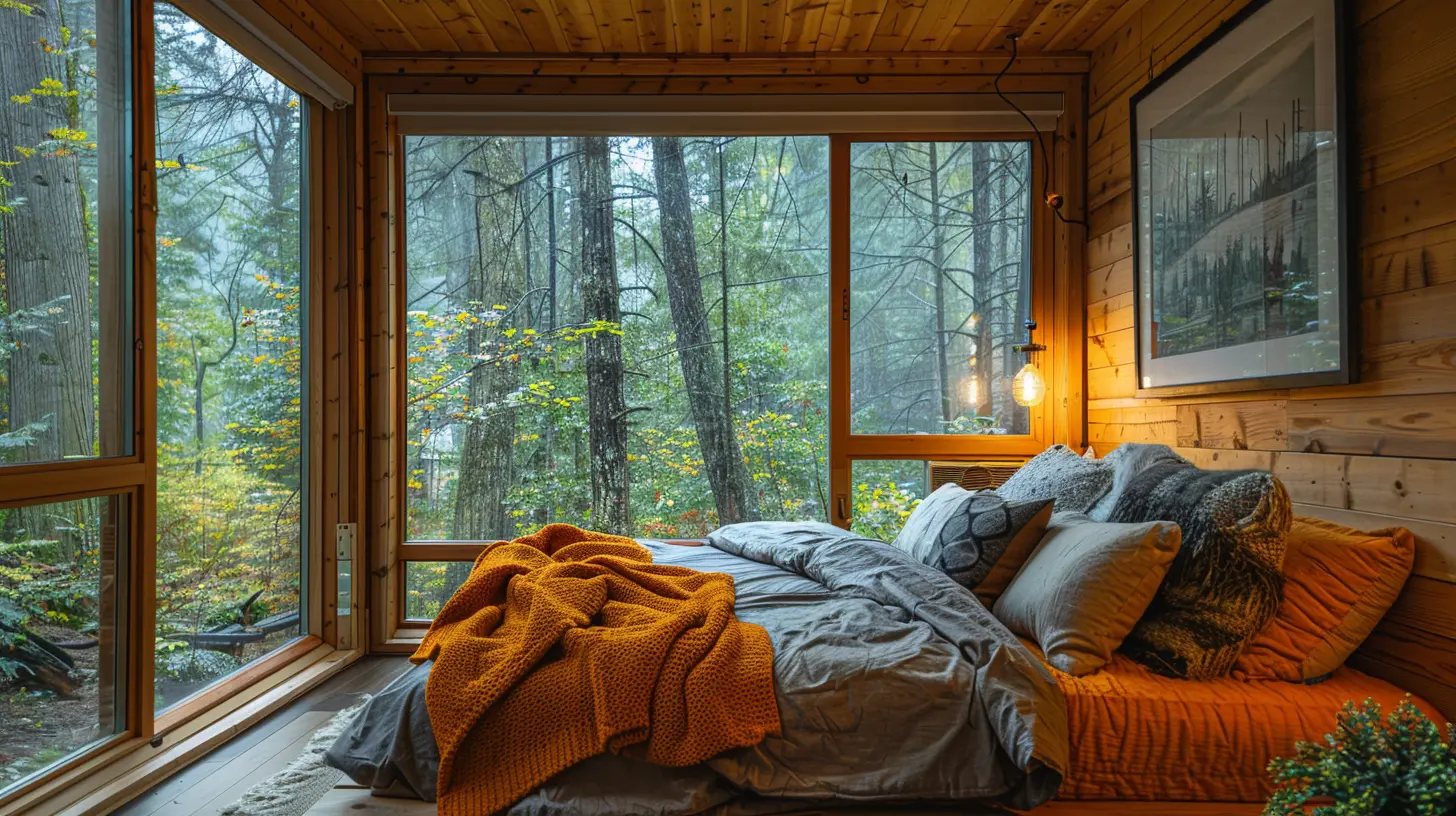
2. Insulation – Your Tiny Home’s Secret to Comfort
One of the biggest mistakes people make when building a tiny home is skimping on insulation. A well-insulated tiny home keeps you warm in winter and cool in summer—without skyrocketing your energy bills.Best Insulation Options for a Tiny Home
- Spray Foam Insulation – Perfect for tiny homes because it expands to fill every gap, providing a tight seal against drafts.- Rigid Foam Board – Lightweight and moisture-resistant, excellent for floors and ceilings.
- Sheep’s Wool or Cotton Batts – If sustainability is your focus, these natural options provide great insulation while being eco-friendly.
Don’t forget to insulate the floor as well. Since tiny homes often have minimal ground clearance, a poorly insulated floor can turn your cozy retreat into an icebox in winter. 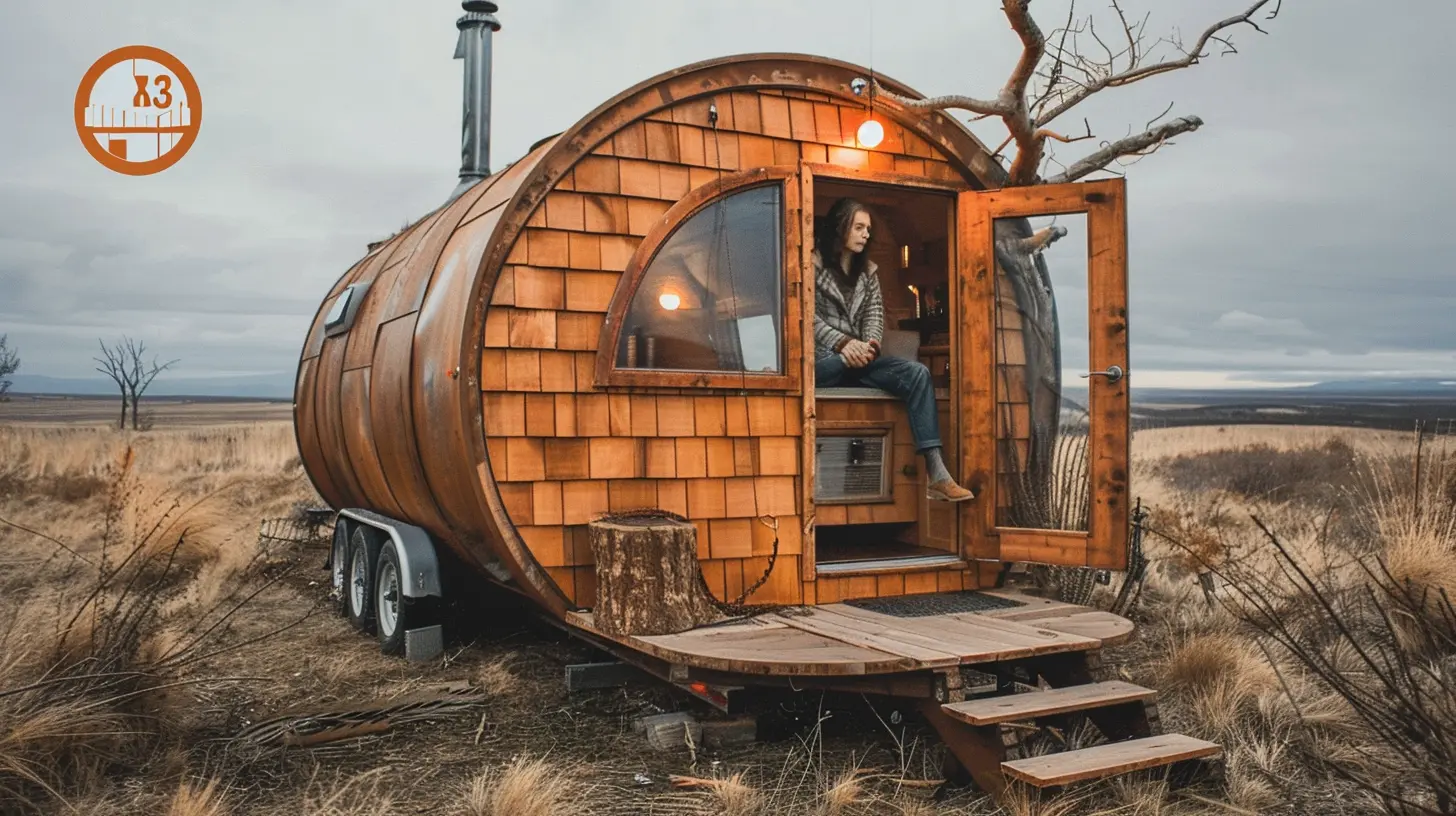
3. Smart Heating & Cooling Solutions
Temperature control is crucial, especially if you’re living in an area with extreme seasons. Here’s how to keep your tiny home comfortable 365 days a year:Heating Options
- Mini Wood Stove – A tiny wood-burning stove not only heats up your home fast but also adds a rustic charm.- Infrared or Electric Heaters – Great for small spaces without taking up much room.
- Radiant Floor Heating – A bit of an investment, but it keeps your feet toasty in the winter!
Cooling Options
- Mini-Split AC System – Energy-efficient and great for both heating and cooling.- Ceiling or Wall Fans – Help with air circulation without taking up precious space.
- Strategic Windows & Cross Ventilation – Positioning windows for optimal airflow can reduce the need for artificial cooling.
If you’re in a particularly hot or cold climate, consider installing thermal curtains to further regulate the indoor temperature. 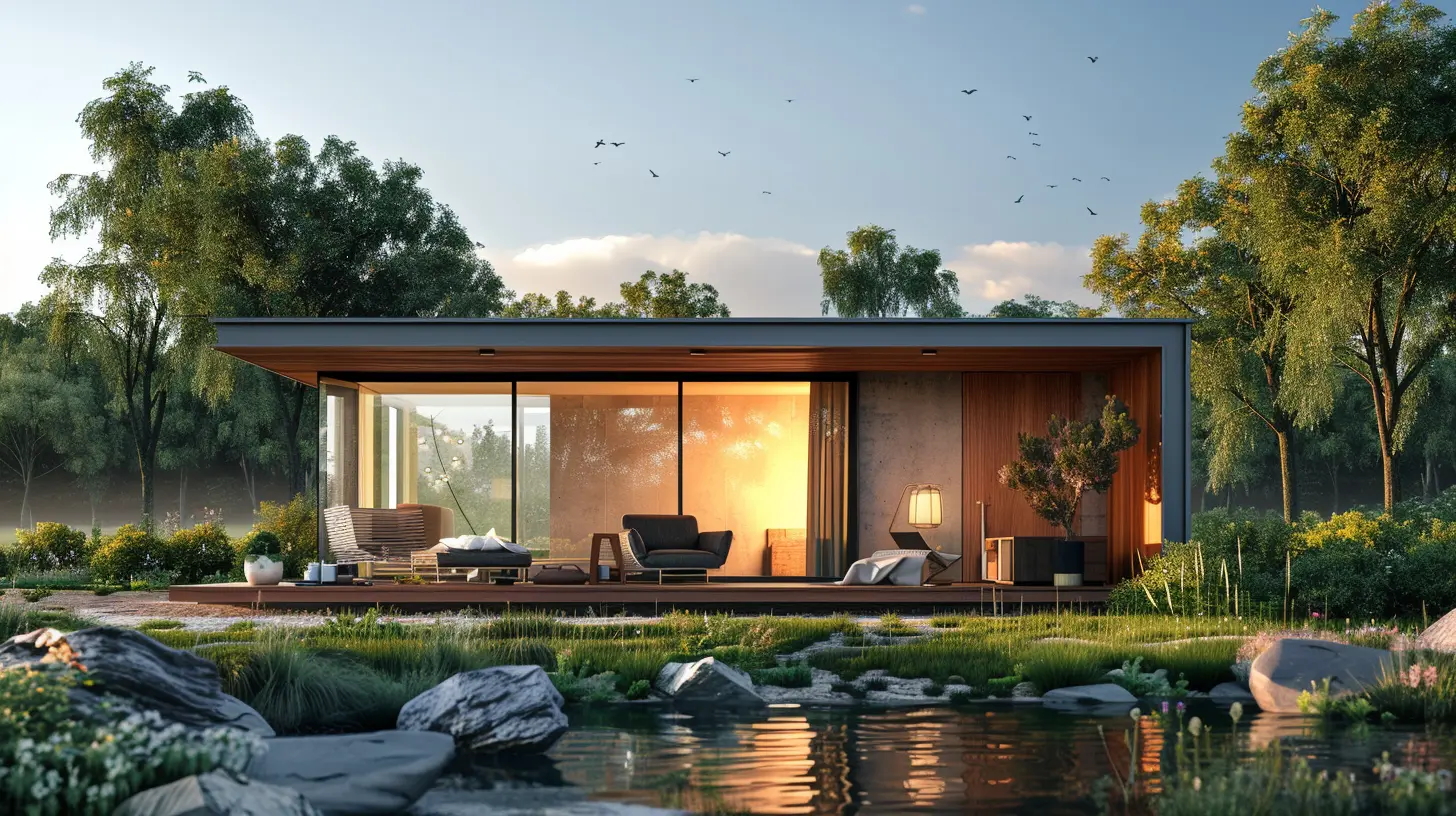
4. Maximizing Space Without Compromising Comfort
A tiny home isn't just about reducing square footage—it’s about making every inch count. The key? Multi-purpose design elements and clever storage solutions.Tiny Home Space-Saving Hacks
- Loft Sleeping Areas – Free up the main floor for living and dining.- Foldable or Expandable Furniture – Think Murphy beds, fold-out desks, and collapsible dining tables.
- Hidden Storage – Utilize under-floor compartments, stair drawers, and wall-mounted shelves.
- Vertical Space – Install high shelves, hanging organizers, and pegboards to keep clutter off the floor.
The goal is to ensure your space feels open, airy, and functional, even in the thick of winter when you’re spending more time indoors.
5. Water & Plumbing: Winter-Proofing Your Pipes
Water can be a tiny home’s best friend—or its worst enemy. A frozen water system in winter is a disaster waiting to happen.How to Keep Your Plumbing Functional Year-Round
- Heated Water Hoses – Prevent outdoor hoses from freezing.- Tankless Water Heater – Provides hot water on demand without taking up space.
- Pipes Inside Insulated Areas – Avoid running pipes along exterior walls, where they’re at risk of freezing.
- Skirting for Winter – If your tiny home is on wheels, adding skirting around the base can help trap heat and prevent pipes from freezing.
For off-grid water solutions, consider rainwater collection systems paired with a reliable filtration system.
6. Sustainable Energy: Solar Power & Beyond
A tiny home is the perfect canvas for sustainable living. Whether you’re off-grid or just looking to cut energy costs, alternative energy sources can provide reliable power year-round.Best Energy Solutions for Tiny Homes
- Solar Panels – A great long-term investment, especially if you're in a sunny area.- Wind Turbine – If you live in a windy location, this can supplement solar power.
- Portable Generator – Useful for backup power in emergencies.
- Battery Storage System – Store excess energy for cloudy or stormy days.
Pair these with energy-efficient appliances like LED lighting, a propane refrigerator, and induction cooktops to reduce overall energy consumption.
7. Weatherproofing Your Tiny Home
A tiny home should be a fortress against the elements. From heavy snowfall to scorching summers, proper weatherproofing ensures you stay safe and comfortable.Key Weatherproofing Tips
- Metal Roofing – Durable, fire-resistant, and excellent for rain and snow.- Sealed Windows & Doors – Prevent drafts by using weather stripping and double-pane windows.
- High-Quality Siding – Materials like cedar, vinyl, or corrugated metal provide excellent insulation and durability.
- Gutters & Drainage System – A must-have for preventing water damage and foundation issues.
Don’t forget to elevate your home slightly off the ground to prevent moisture buildup and pest infestations.
8. Designing for Mental & Emotional Comfort
A tiny home isn’t just about physical space—it’s about creating a cozy, inviting atmosphere that makes you feel at home.Tiny Home Interior Design Tips
- Neutral & Light Colors – Make your home feel more spacious.- Large Windows or Skylights – Bring in natural light to avoid feeling cramped.
- Indoor Plants – Add warmth and purify the air.
- Personal Touches – Decorate with meaningful items that make the space uniquely yours.
Since you’ll be living in this space year-round, every design choice should contribute to your overall comfort and well-being.
Final Thoughts
Building a tiny home for year-round living isn’t just about downsizing—it’s about upsizing your quality of life. With smart insulation, efficient heating & cooling, sustainable energy solutions, and clever space-saving designs, your tiny home can be a cozy retreat in the winter and a breezy escape in the summer.Whether you dream of settling into a peaceful forest, sitting by the ocean, or traveling wherever the road takes you, creating a tiny home that stands the test of time is entirely possible. The only question is—where will you build yours?
all images in this post were generated using AI tools
Category:
Tiny HomesAuthor:

Kingston Estes
Discussion
rate this article
1 comments
Nicholas Stevens
Building a tiny home: where cozy living meets the freedom to avoid dust bunnies in style!
October 19, 2025 at 4:22 AM

Kingston Estes
Thank you! Embracing cozy living in a tiny home not only enhances style but also simplifies maintenance—perfect for year-round comfort!


